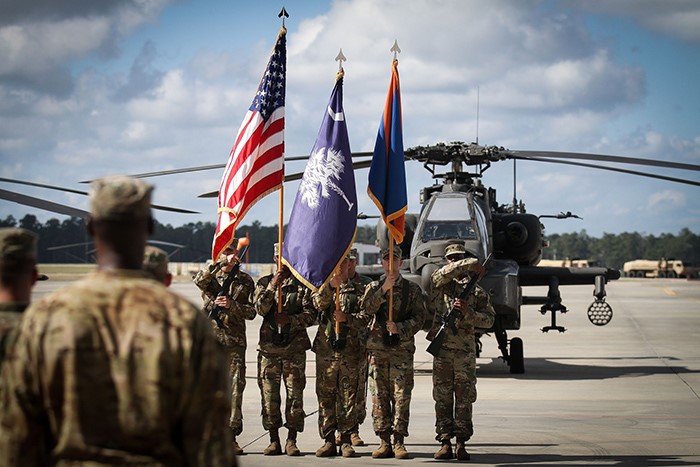
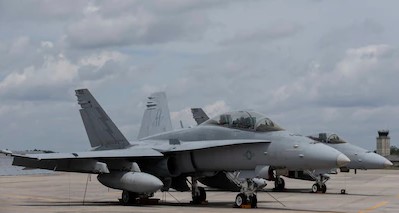
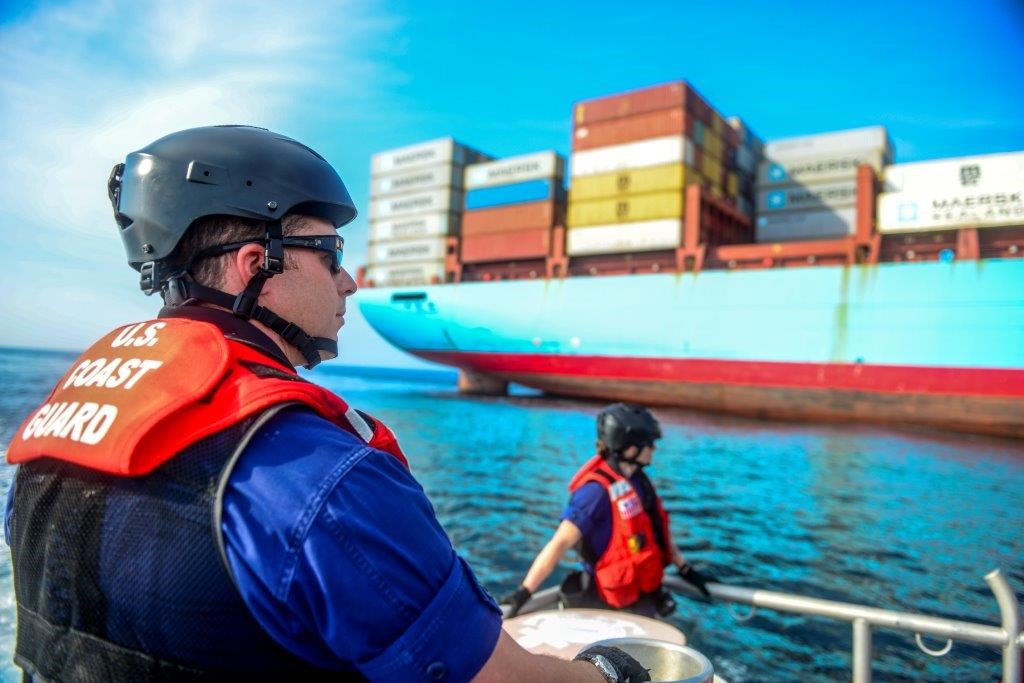
South Carolina Military Affairs Advisory Council
The South Carolina Military Affairs Advisory Council consist of Governor appointed representatives from military communities across the state, as well as local leaders, the Adjutant General, and the Secretary of Commerce. The Advisory Council was created to sustain and expand the military presence in South Carolina.
The Advisory Council Executive Committee also reviews Military Enhancement Fund proposals and makes recommendations to the Secretary regarding approvals.

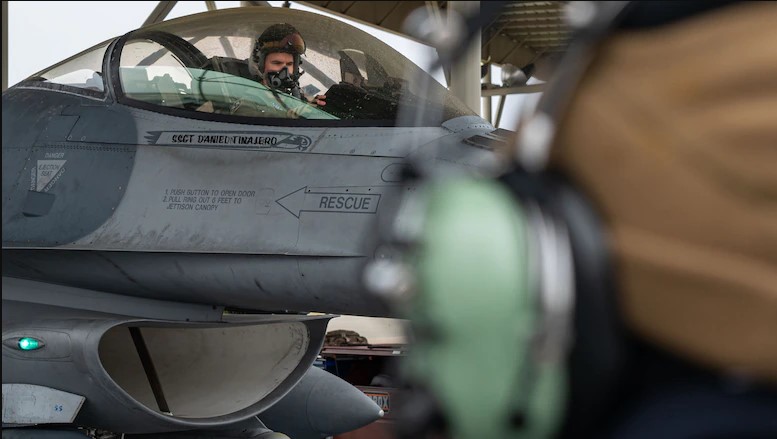
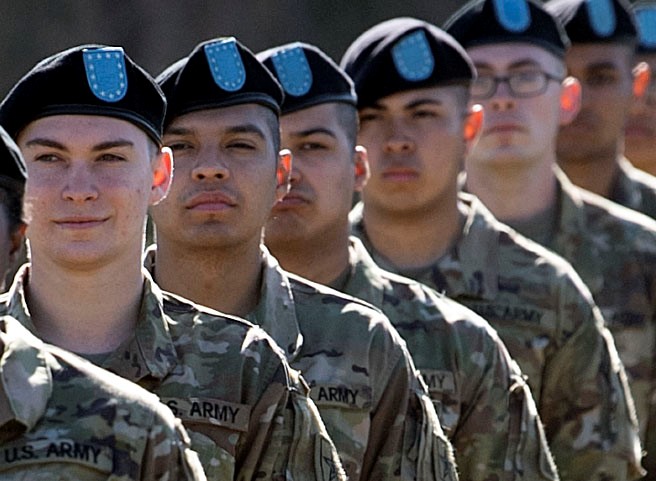
Importance of South Carolina to the Military
South Carolina’s military community provides critical strategic value to our nation’s defense. All five services have a significant presence in our state, leading to synergy and mission support. Our location on the East Coast is advantageous for deployment to the Middle East, South and Central America, Africa, and Europe, as well as to Military Operating Areas (MOAs) offshore. Each base supports multiple defense missions that contribute to defense readiness, training and homeland security.
Joint Base Charleston
View Joint Base Charleston's web site.
Coast Guard Sector Charleston
View Coast Guard Sector Charleston's web site.
Fort Jackson
SC National Guard
View the SC National Guard web site.
Shaw Air Force Base
View the Shaw Air Force Base web site.
Marine Corps Air Station Beaufort
View Marine Corps Air Station Beaufort web site.
Recruit Depot Parris Island
View Marine Corps Parris Island web site.
United States Naval Hospital Beaufort
View Naval Hospital Beaufort web site.